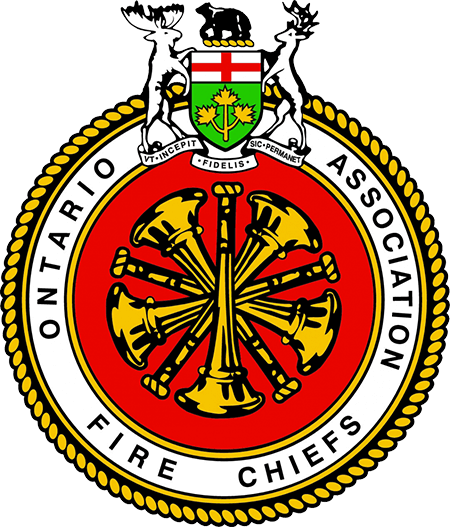On Monday, the Sudbury and District Labour Council in partnership with the Centre for Research in Occupational Safety and Health (CROSH), hosted the National Day of Mourning event in Sudbury at Laurentian University.
The day has been held on April 28 since it was first declared by the Canadian Labour Congress in 1984 to honour individuals killed, injured or stricken with illness in the workplace.
“This year’s theme provided by the Canadian Labour Congress is invisible injury,” said Jessica Montgomery, president of the Sudbury and District Labour Council.
“Injuries like heat stress, chronic mental stress, traumatic mental stress. So we’re paying attention not to just the checklists and workplace exposures and hazards, but also sending workers home the way that they came to (work) … and protecting them against mental health injuries.”
Michael Squarzolo, one of the speakers at the event, has been a firefighter for 25 years. Squarzolo spoke about the invisible injuries in his line of work, from toxic exposures that lead to cancer to the mental stress that leads to PTSD.
Higher rates of childhood cancer
“In 2003, my second-born son was diagnosed with cancer -- he was only nine months old at the time,” he said.
“Statistically, childhood cancer affects about 15 out of every 100,000 children. But in our fire department alone, I know one other firefighter whose son also developed cancer. When we were at the Children’s Hospital of Eastern Ontario, I met an Ottawa firefighter -- his son had the exact same cancer as mine.”
Squarzolo said the high prevalence of cancers among children of firefighters is “more than a coincidence.”
“The International Association of Firefighters is currently studying whether our job, our exposures, could be impacting our reproductive health and our children,” he said.
“It’s a question no parent wants to ask, but one we must answer.”
CROSH director Sandra Dorman spoke about fighting for the living. She said research is a critical component.
“Dr. Kathryn Sinden is leading research with first responders. She’s worked with structural firefighters, paramedics and currently with the police,” Dorman said.
“They’re looking at documenting critical incidences … They’re also trying to understand how personal trauma overlaps with that workplace trauma. And then importantly, they’ve been looking at some of the ways that those organizations have naturally been trying to manage health.”
This was just one of many National Day of Mourning events held across the north.
